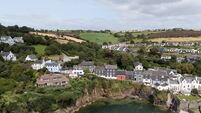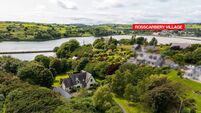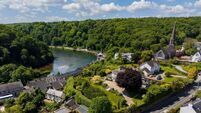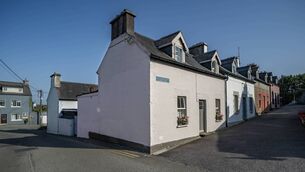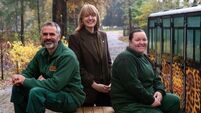A gentle hold on Georgian grace
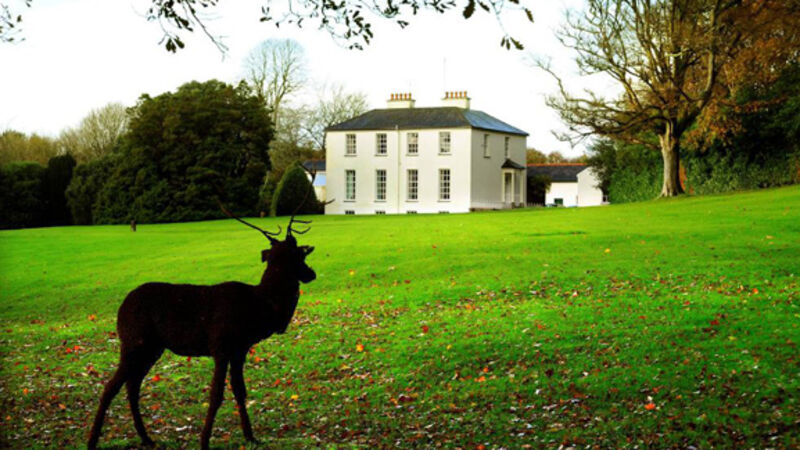
IF the Rudolf-like, coiled metal deer sculpture by the wooded entrance to sublime Dundaniel House, near Cork’s Innishannon, doesn’t seal a swift sale over Christmas, then spring will surely do the trick.
Come February and March, oceans of daffodils will sway the emotions and prise open the purse strings, for this small country estate, which has micro-managed gardens and grounds, and woods and walks, over and under bridges along the River Brinny.
There’s so much year-round horticultural activity that the house’s owners annually produce a calendar, with photos of seasonal buds, bulbs, fruits, blooms, colour, recording change and continuity.
February’s calendar pages for Dundaniel House show daffodils, many, many varieties of them, by the bulb-barrow and trailer load. They have been planted by the thousand, over many, many years, says gardener, Stanley Deane, who’s been here since the house last changed hands, in 1980, then brought into the careful ministration of the Selka family, headed by Max and Jennifer, from England.
“Toward the end of autumn, Mrs Selka would get calls from garden centres, and she’d buy up what was left, in 5,000s and 10,000s, for the grounds,” Mr Deane says. Other feature plants include hydrangea, rhododendron, camellias, and crocuses, while the walled garden has an orchard, herb and vegetable beds, fig trees, and an electrically heated glasshouse with citrus trees (orange trees, lemons and grapefruit). Many of these are moved out for summers, and back into shelter for winter.
The family have had marquees on the lawn for special events, like 21sts, weddings, anda 75th birthday, but a recent 90th was celebrated in the UK: deciding to sell must be a wrench, but they have done the place great service.
It’s only ever been a second home for the family, who never fully moved from their base in Yorkshire, but who were emotionally committed and spent Christmas, Easter and summers here. When they bought, and despite previous owners, the Wilkies, having been keen gardeners, Dundaniel was overgrown, says Mr Deane.

Harrows and ploughs tackled the lawns, chainsaws brought overblown beech hedges back to size within the micro-climate walled garden, and the house was sensitively overhauled. It was done bit by bit, and land added for a prized pedigree Aberdeen Angus herd. Now, there’s 65 acres here.
It went to market last week with estate agent, Dominic Daly, in Cork City, who prices the pristine, Georgian, period home, its land, woods, farm, five-bed farmhouse and three-bed Swedish log chalet (in the walled garden) at €1.8m, and there’s an option to buy the house on eleven acres of what he calls pleasure gardens. But, where’s the pleasure in only getting some of the perfect-sized package, which could be a hobby farm par excellence?
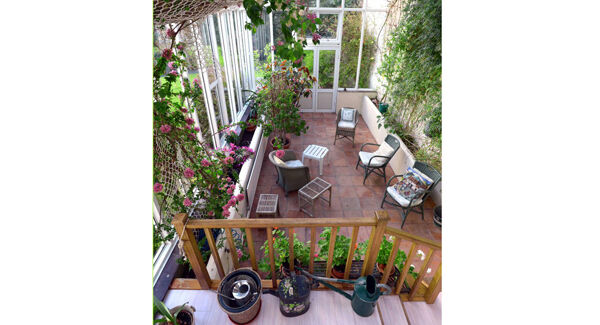
After the extra land was added, Dundaniel House had a reach and stretch down to the River Brinny, which feeds into the Bandon a mile upriver fromInnishannon village: if you’ve driven along this stretch of the N71, you’ll have spotted the ruins of Dundaniel (or Downdaniel) Castle at the rivers’ confluence. Some of Dundaniel House’s 20th century residents are recalled in an affectionate tribute by local woman, Kit Manning, in this year’s Innishannon Candlelight journal, starting with a Colonel Connor up to 1920, and then there were Mannings, Blundels, a Lady Chapelle, from the south of England, compete with chauffeur, next the Wilkies (he was a tea-taster for Musgraves, the journal recalls) and the Selkas. Whoever lives here next is getting a small estate, in extraordinarily good shape, to mind for years, decades, or even a generation or two. The house is good to go on, and on.

Mr Daly has had a few visitors, who were impressed with the property’s upkeep and condition; “they say there’s little or nothing to do, but move in,” he approves. Cork City is a 20-minute drive up the road, and that same distance to the airport opens up the possibility of a buyer from the UK or Europe: in the past few years most Irish country house interest has come from overseas. Now, though, with a recovering economy, a confident Irish buyer may not get another chance for something as accessible, and as good, for a while. There’s far grander houses, of course, and mansions new and old in the multi-million price league, and for those who want to make a brash statement of wealth, well, Dundaniel probably won’t do it. With only four bedrooms in the main, over-basement house, plus guest wing, there’s about 5,000 sq ft at the core. Modern McMansions of the Celtic Tiger boom doubled that size, but, here, there’s the ineffable patina of age, care, polish and pedigree.

There’s no swimming pool, no ballroom, no German kitchen, no garage for Maseratis — but there may be cover for a Massey Ferguson. There’s a pristine yard for cattle or horses, a cobbled courtyard with apple store, a wood store, a darker store for potatoes and onions and for other harvest bounty, and the walled garden is a sheer paradise, with children’s playhouse, up on stilts.
The aforementioned glasshouse is electrically heated, and the main house is always warm, with a bone-dry basement, complete with snooker table, nursery/play rooms, and 500-bottle wine cellar.
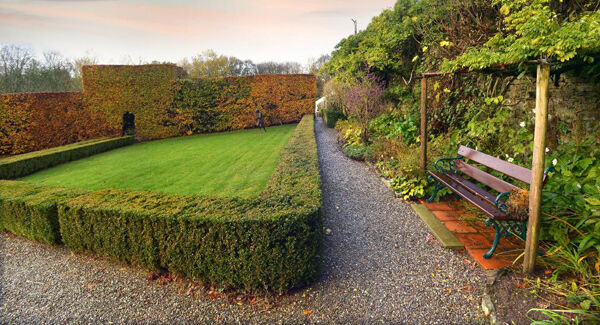
You’ll always be cognisant of history in Dundaniel, and there are reminders within its grounds of the old Cork, Bandon and South Coast Railway. The single-track rail line, from Cork City, opened in 1849, and finally ceased in 1961, with its track dispatched to Nigeria, and the land along which it ran handed back to farmers. Here, by the fast-flowing River Brinny, there’s still the 120-metre Kilpatrick tunnel, which led toward a small, now-removed viaduct over the River Bandon.
Where that line passed over what’s now the N71 is a car-park and amenity walk between Innish







